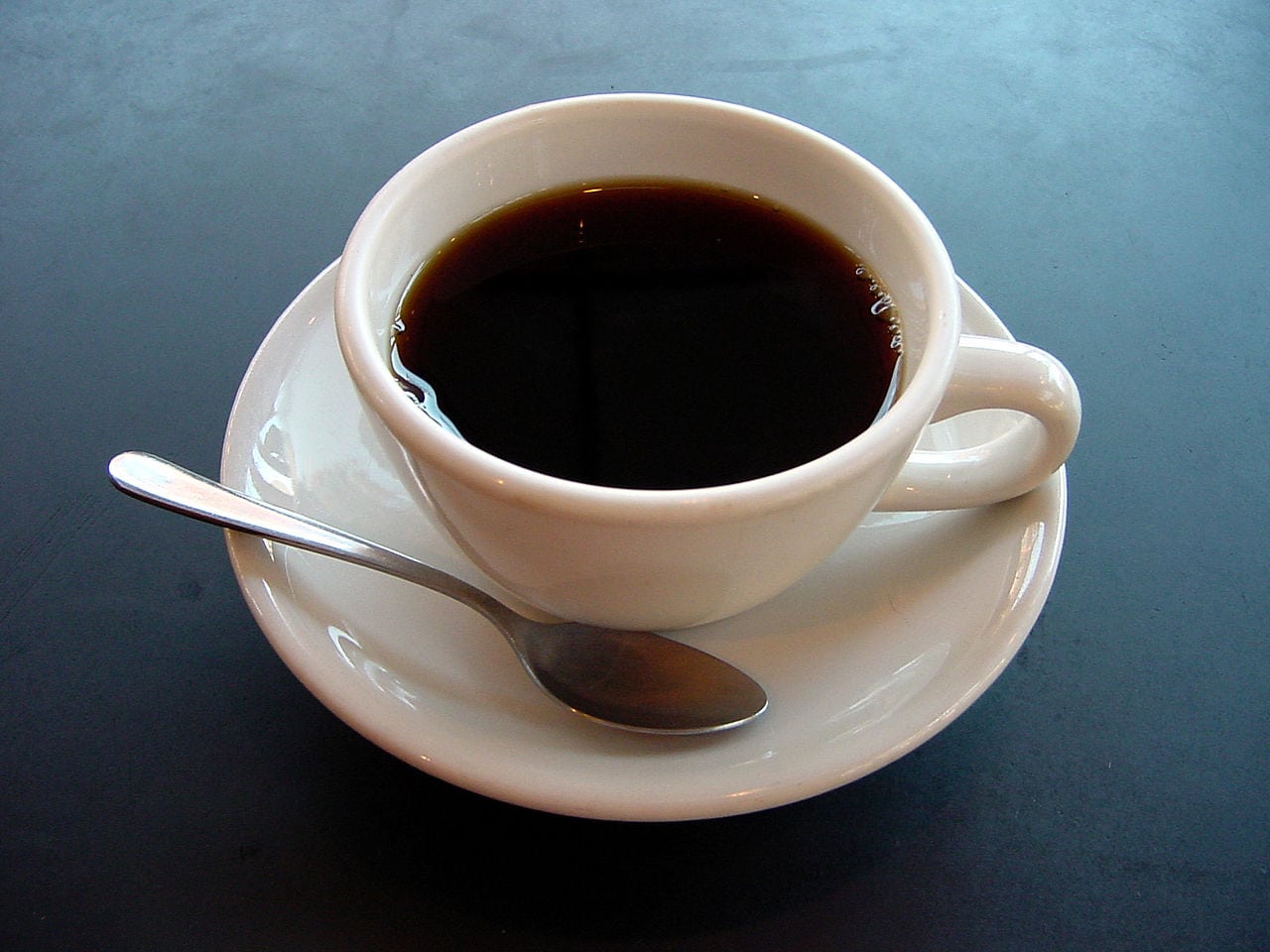
Coffee is a rich source of antioxidants but is best taken orally rather than anally.
Note: This may be the first article I ever wrote, for the newsletter of a Seattle-based skeptic group, The Society for Sensible Explanations, in 2002. It had been online but the link no longer works. I thought it was lost forever and I was sad because I was rather fond of it, but I recently found a copy. So just for fun, instead of writing a serious article this week, I decided to share it with you.
I started out to write a serious review of coffee enemas. But how can you take a subject like that seriously? As I reviewed related websites, I kept falling off my chair and writhing on the floor in paroxysms of laughter. Without any supporting evidence, different parts of the colon are labeled as related to disease in different parts of the body, normal bowel contents are said to cause everything from fatigue to pot belly to liver disease, cancer is attributed to abnormal metabolism of dietary protein, and coffee enemas are claimed to “detoxify the liver” and to reduce cancer pain, among other benefits. Then, when you read the fine print you find the usual disclaimer that they are not making any claims for treatment of any disease!
Evidence is entirely anecdotal, or based on faulty studies. A regimen of 160 vitamins and other pills a day plus frequent coffee enemas is currently being evaluated* for the treatment of pancreatic cancer: not only does it lump several stages of cancer together (preventing comparison with life expectancy statistics), but it allows the patients to choose which treatment group they are in. (What ever happened to scientifically controlled double blind experiments?)
One person asked, “You want me to put coffee where?” One described his experience in a religious cult which required members to treat all manner of health problems from acne to drug abuse with two to five enemas a day retained for 30 minutes each. He states that the brothers often expressed gleeful amazement over “what came out,” and experienced a boost of energy. He comments on the wisdom of “a bunch of young men in the prime of life, devoting their time to laying on the bathroom floor pumping coffee up their rectums.”
One website claimed that all the caffeine is absorbed through the colonic mucosa in a matter of minutes, and at the same time claimed that coffee by enema produces none of the side effects (insomnia, jitteriness, etc.) of coffee taken by mouth. Please tell me: after the caffeine is absorbed, how does it remember where it came in, and how does it talk the various organs into not doing the side effect thing?
There is even a brand of specially blended organic coffee that is marketed specifically for enemas. No shit! (In this case, yes shit). As Seattle-area coffee connoisseurs, perhaps we should develop enema varieties of all our favorite brands. I offer the following suggestions:
- Starbutts
- G.I.valia
- Tushy’s
- Seattle’s Butts Coffee
- 100% mountain grown Colon-bean coffee
- Laxwell House
- Nuts Chock Full O’Coffee
- Marijuana blend (for a truly high colonic)
- Innuendo (new Italian brand)
The imagination boggles. Questions come to mind. We already have coffee bars and oxygen bars. Why not coffee enema bars? How about coffee enema breaks at work? Insurance coverage for coffee purchases? Would decaf enemas do anything? What temperature is best? Would iced coffee be best for summer months? Should coffee enemas for children be diluted with milk? What about pets? Should I administer a daily enema to my cat? My gerbil? My canary? I wonder whether the coffee for enemas should be dripped or inserted via cone filters? Perhaps a continuous drip like an I.V.? Can the used coffee be recycled? I think we need more studies – does anyone want to fund the research?
After careful review of the available evidence, my advice to you is to put your coffee where your taste buds are. The only reason to take your coffee “down under” is if you are traveling to Australia.
*Addendum: the study I mentioned as being in progress at the time I wrote this, to evaluate the Gonzalez protocol, has since been completed. It involved not only coffee enemas, but also a whole slew of other interventions. They gave up on trying to randomize it and changed it to a single-armed, non-randomized case-cohort study. When the study was completed, Kimball Atwood reported the results on SBM: “Among patients who have pancreatic cancer, those who chose gemcitabine-based chemotherapy survived more than three times as long (14.0 v 4.3 months) and had better quality of life than those who chose proteolytic enzyme [Gonzalez’s] treatment.” See here and here

